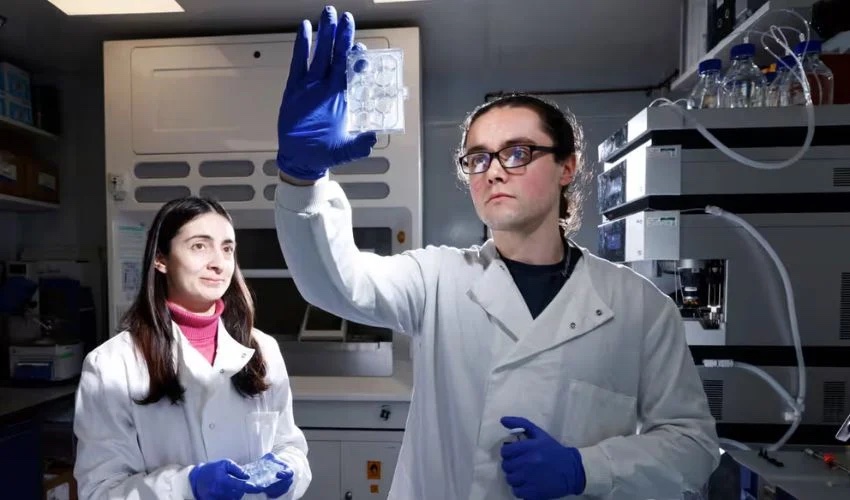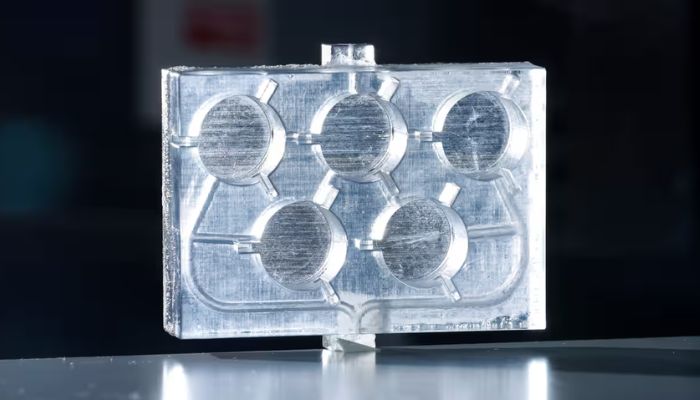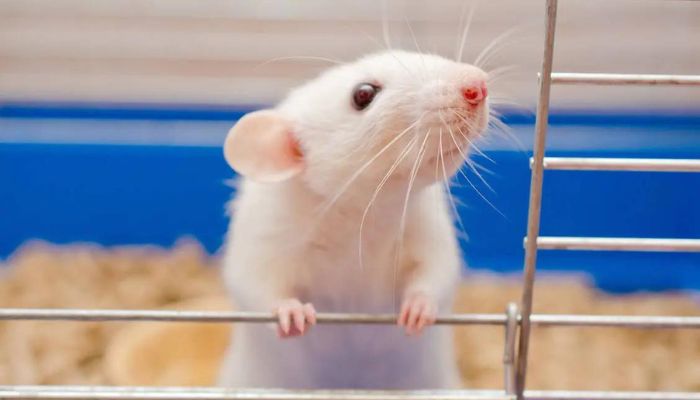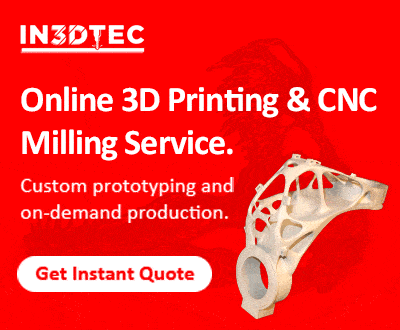3D Printed ‘Body-on-Chip’ Could Mean the End of Animal Testing

Thanks to additive manufacturing, experiments on living animals could potentially be replaced by a far more ethical method of drug testing. Scientists at the University of Edinburgh have succeeded in developing a 3D-printed “body-on-chip” that imitates the course of a drug through the human body and thus examines its effect and tolerability. The plastic chip makes it possible to test different types of medication.
With the help of this new innovation, no longer will animals have to suffer for these tests in order to advance the medical field. Especially since now the behavior of organs can now be analyzed by researchers in a safer way. Indeed, the “Body-On-Chip” device was developed as part of a doctoral scholarship in collaboration with the National Centre for Replacement, Refinement and Reduction of Animals in Research (NC3Rs) and with financial support from Unilever.
This innovation developed in the Scottish capital marks a world first in both healthcare and medical research. The newly developed chip comprises five chambers, which were produced with the help of a 3D printer. The individual components are designed to replicate the human heart, brain, kidneys, lungs and liver. The channels connecting the various organ compartments are used to spread medication.
Within a controlled environment, this capillary system will illustrate to researchers how and where new medical substrates are distributed through the human circulatory system, how the organs react to them and how long the drug remains in the individual organs. In order to derive conclusions for the medical spread in the human body, the “body-on-chip” devices used must have a uniform flow rate across different specimens.

The five chambers of the body-on-chip (photo credits: Murdo MacLeod/The Guardian)
To this end, University of Edinburgh scientists Liam Carr, the inventor of the chip, and Dr. Adriana Tavares from the Edinburgh Centre for Cardiovascular Science (CVS), Carr’s PhD supervisor, worked with Edinburgh College of Art to test different versions of the chip innovation. Positron emission tomography (PET) is used to check the even distribution of the drug within the object. This is used to develop images in 3D format that show the processes inside the respective organs, says Liam Carr. PET is a diagnostic imaging method in medicine that uses a safe radioactive tracer.
The Importance of the Body-On-Chip for Research
Ultimately, the advantage of PET is the early detection of signs of heart disease, cancer, neurological disorders and other diseases, according to Carr. The inventor notes that, for example, a model of fatty liver disease could also be implemented in the device in order to draw conclusions about the influence of a diseased liver on other organs. In addition, according to Carr, several models could be linked in order to investigate the influence that different diseases have on each other.
The method ultimately helps researchers to assess the effect of new drugs on a patient’s entire body and thus represents a substantial advance in drug testing, according to the two researchers. Tavares, further emphasized the importance of the “body-on-chip” for animals: “This device shows really strong potential to reduce the large number of animals that are used worldwide for testing drugs and other compounds, particularly in the early stages, where only 2% of compounds progress through the discovery pipeline.”

Every year, 1,000 animals worldwide are used for pharmaceutical trials (photo credits: Pharmazeutische Zeitung)
According to Tavares, there are also other advantages, such as reducing costs by dispensing with animal testing and speeding up the introduction of medicines. In addition, the use of human-like models instead of the previous live animal models in drug development is advantageous in terms of improving information on the effects of diseases. The new method therefore represents both a more ethical and more efficient alternative to traditional animal testing methods in pharmaceutical development and could contribute to an improvement in healthcare in the future.
What do you think of the 3D printed body-on-chip? Do you think it will reduce animal testing? Let us know in a comment below or on our LinkedIn, Facebook, and Twitter pages! Don’t forget to sign up for our free weekly Newsletter here, the latest 3D printing news straight to your inbox! You can also find all our videos on our YouTube channel.
*Cover Photo Credits: Murdo MacLeod/The Guardian







